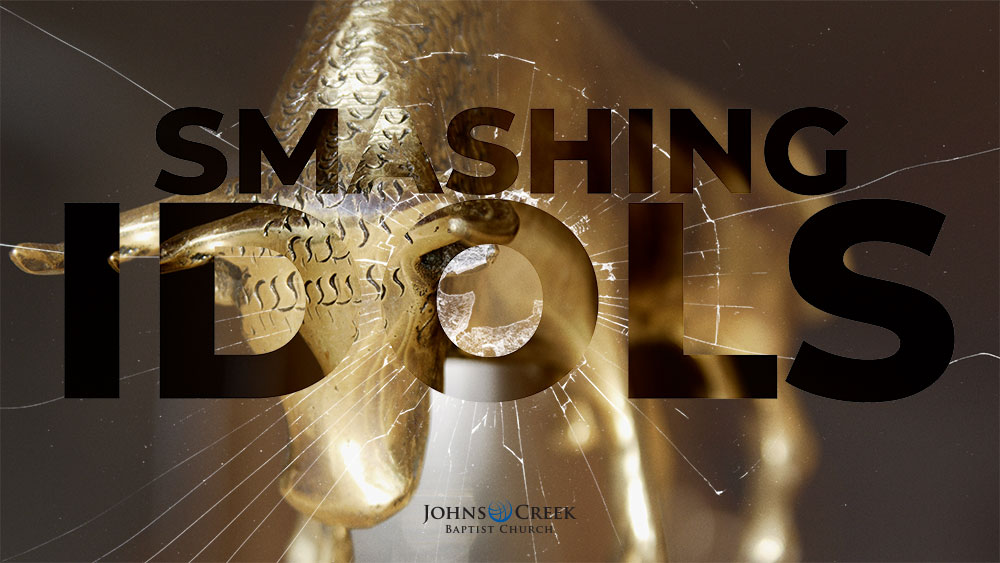In my message on Sunday, we took a close look at the hidden dynamics of an Enneagram Four’s interior world. (Miss the message Sunday? Check it out here.)
We considered how the Four (a.k.a. The Individualist or Romantic) is drawn to the dramatic/creative/expressive in life. They pride themselves in being unique. They are capable (and comfortable) with the full range of human emotion. Their highs are high, and their lows are low. And they make the world better by knowing how to see and embrace both the beautiful and the tragic in life. It’s a bit of a super power, really.
But it is a super power which comes with a “kryptonite” that can cripple them. The Kryptonite is the “deadly sin” of envy. Fours can carry a deep belief that they are missing something that others have. This belief that they have a kind of “fatal flaw” can cause them to get “stuck” in their emotions, and never fully experience the joy of the present.
This dynamic plays out in a Four’s personal relationships in what some have called the “push-pull” pattern. Listen to how Beatrice Chestnut describes this dynamic in her wonderful book The Complete Enneagram: 27 Paths to Greater Self Knowledge…
Fours typically demonstrate a “push-pull” pattern in relationships. When a loved one is at a distance, the Four idealizes that person, focusing on what is positive and pleasing about the loved one and longing to be with them. However, when that same person comes close—when the person is relating to them intimately in the present moment, right in front of them, on a regular basis—the Four then typically focuses on what is missing or undesirable or even intolerable in the person, and feels motivated to push them away.
This “push” part of the pattern represents a proactive abandonment or rejection based on a fear of abandonment and rejection, which can be experienced as a straightforward aversion to the partner. The “pull” portion of the pattern represents the tendency to idealize what seems unavailable or is at a distance and is longed for—and it also represents the Four’s real desire for closeness, a desire that can seem dangerous once someone actually comes close to the Four.
This dynamic explains why Fours often feel a deep sense of ambivalence in relationships: they may both appreciate or love a person and want to be close to them, but also have an acute perception of what is missing or flawed about that person, which makes it hard for them to fully embrace them. (Chestnut, p.282)
Do you have a Four in your life? Does this pattern look familiar to you?
What a gift it can be to understand more fully where the pushing and the pulling comes from!
What often gets interpreted as moodiness, or rebellion, or obstinance, may be far less confrontational than we thought. It’s more of a hidden interior dance within the heart of a Four.
What would it look like for you to learn the choreography of this dance?
What if (in real-time) you were able to recognize that at the heart of what feels like an emotional tug of war, it is really a Four’s genuine desire to love and be loved?
And what if you could meet them there, on their wide-open dance floor?
Suzanne Stabile has said it requires learning how to “detach, but not withdraw completely.”
What would that look like for you?
On Sunday, I said it requires learning to make “space for grace.”
And that begins with prayer:
Lord, lend me your eyes, that I may see the other–beneath the push and pull.
Lend me your ears, that I may hear the music of this dance.
Lend me your feet, that I may learn the moves without stepping on toes.
Lend me your arms, that I may embrace (with grace) the “Four” I love.
Have I told you lately how much I love being your pastor?
Well, I do.
Shaun


